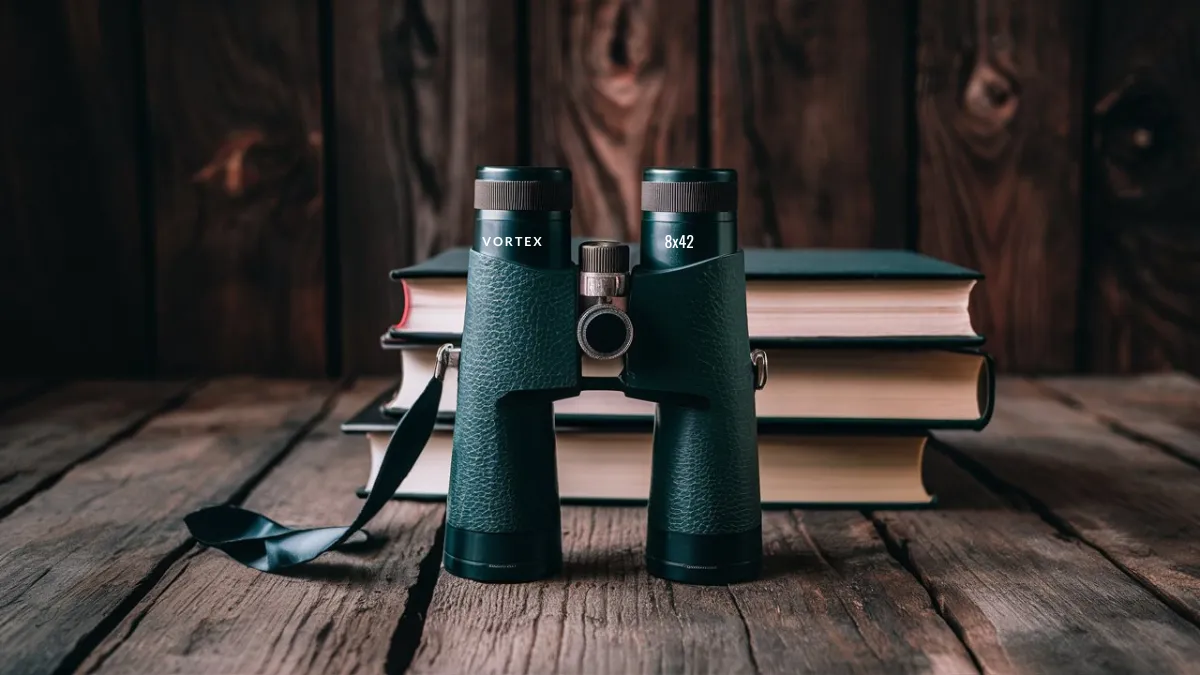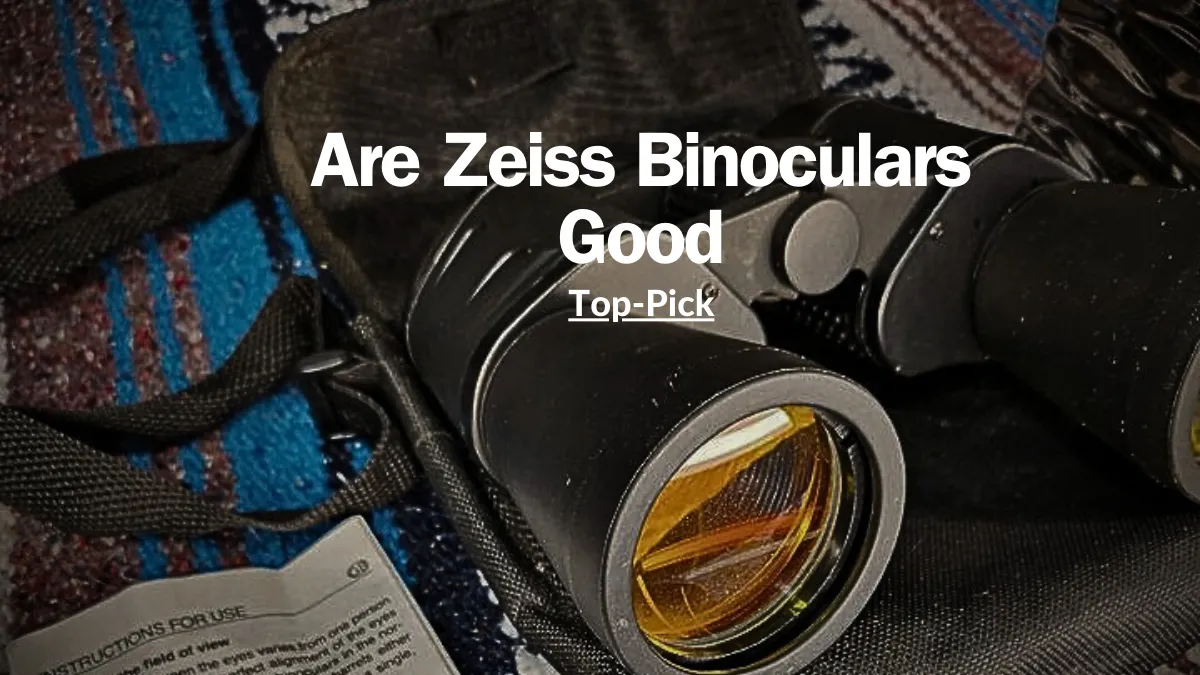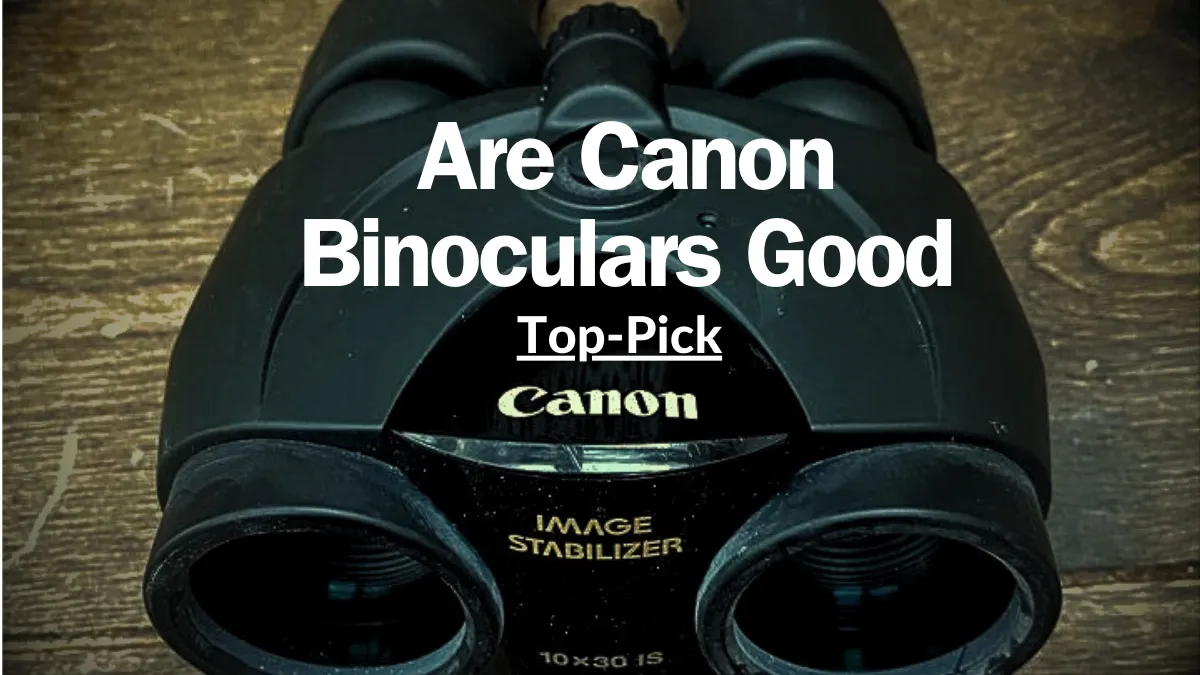Binoculars are an essential tool for wildlife enthusiasts, birdwatchers, hunters, and even stargazers. With so many options available in the market, choosing the right pair of binoculars can be a daunting task. This blog post aims to guide you on how to choose binoculars that best fit your needs and preferences.
Understanding Binocular Specifications
Before diving into the selection process, it’s important to understand the various specifications and terminologies associated with binoculars.
One of the most important specifications is the magnification power, which determines how much closer the object will appear. Another key specification is the objective lens diameter, which affects the amount of light entering the binoculars and hence their performance in low-light conditions. The field of view is another factor to consider, as it determines the width of the image visible through the binoculars.
Additionally, binoculars may have varying levels of optical coatings applied to the lenses, such as anti-reflective coatings, which enhance image clarity and brightness.
Considerations for Intended Use
Before making a purchase, it’s important to consider how you plan to use the binoculars. Different activities require different features and specifications.
If you’re a birdwatcher or wildlife enthusiast, you may need binoculars with a wide field of view and good low-light performance. On the other hand, if you’re a stargazer, you’ll want binoculars with high magnification power to see distant celestial objects clearly.
Think about your primary use and make a list of features that are essential for your intended activities.
Choosing the Right Magnification
Factors to Consider
The magnification power of binoculars determines how much closer the object will appear. However, higher magnification is not always better. There are a few factors to consider when choosing the right magnification:
- The stability of the image: Higher magnification can cause handshaking to be more noticeable, resulting in a shaky image. If you’ll be holding the binoculars without additional support, it’s recommended to opt for lower magnification.
- Field of view: Higher magnification narrows the field of view, making it more challenging to track moving objects.
- Low-light performance: Higher magnification reduces the amount of light reaching your eyes, which can impact the brightness and image quality in low-light conditions.
Recommended Magnification Options
For general use and versatility, binoculars with magnification between 8x and 10x are commonly recommended. This range strikes a balance between image stability, field of view, and brightness.
For specific activities like stargazing, higher magnification options such as 12x or even 15x may be suitable, depending on your observing conditions and preferences.
Examining Optical Coatings
Optical coatings are applied to the lenses of binoculars to improve image quality and reduce reflections. These coatings enhance light transmission and produce sharper, brighter images.
There are various types of coatings, including anti-reflective coatings, phase correction coatings, and dielectric coatings. Each type serves a specific purpose and affects the overall performance of the binoculars.
When choosing binoculars, look for models with multiple coatings on the lenses, as these tend to offer better image quality and overall performance.
Evaluating Field of View
The field of view is the width of the image visible through the binoculars, usually expressed in feet at a certain distance. A wider field of view allows you to observe more of the scene without needing to move the binoculars.
Consider the type of activities you’ll be using the binoculars for. If you’ll be scanning large areas or tracking moving objects, a wider field of view is beneficial.
Keep in mind that higher magnification typically reduces the field of view. Strike a balance between magnification and field of view based on your specific needs and preferences.
Weight and Portability
The weight and portability of binoculars are important considerations, especially if you plan to carry them for extended periods or on outdoor adventures.
Lightweight binoculars are generally more comfortable to carry, but they may sacrifice certain features or image quality compared to heavier models.
Consider your own physical abilities and preferences when choosing the weight and portability of the binoculars. If you’ll be traveling frequently or hiking long distances, lighter and more compact models are recommended.
Testing Binocular Comfort
Comfort is a crucial aspect when choosing binoculars, as it directly affects your overall experience and the amount of time you can spend using them.
Before making a purchase, it’s advisable to try out different models and assess their comfort. Pay attention to factors such as the eyepiece design, the distance between the eyepieces (eye relief), and the overall ergonomics of the binoculars.
Ensure that the binoculars feel comfortable when held to your eyes and are easy to adjust for your individual vision requirements.
Setting a Budget
Binoculars come in a wide range of prices, and it’s important to set a budget before starting your search. Consider how often you’ll be using the binoculars, the level of durability and quality required, as well as any specific features you prioritize.
While it’s tempting to opt for the most expensive models, there are often excellent options available within a reasonable budget. Look for a balance between price and performance.
Reading Reviews and Gathering Recommendations
One of the best ways to gather information about different binocular models is by reading reviews and seeking recommendations from trusted sources.
Online platforms, user forums, and professional websites offer valuable insights into the performance and reliability of various binocular models. Take the time to read reviews and consider the experiences of other users.
If possible, reach out to experts in the field or experienced users to get personalized recommendations based on your specific needs.
Purchasing from a Reliable Source
Finally, after considering all the factors and narrowing down your options, it’s crucial to purchase binoculars from a reliable and reputable source. Ensure that the seller offers genuine products, warranty or guarantee options, and a hassle-free return policy.
Do thorough research on the seller’s reputation, customer reviews, and after-sales service before making the final purchase.
Conclusion
Choosing the right binoculars requires careful consideration of various factors, including the intended use, magnification, optical coatings, field of view, weight, comfort, budget, and reliable sources. By understanding your specific needs and preferences, as well as doing thorough research, you can find the perfect pair of binoculars to enhance your outdoor experiences and observations.




